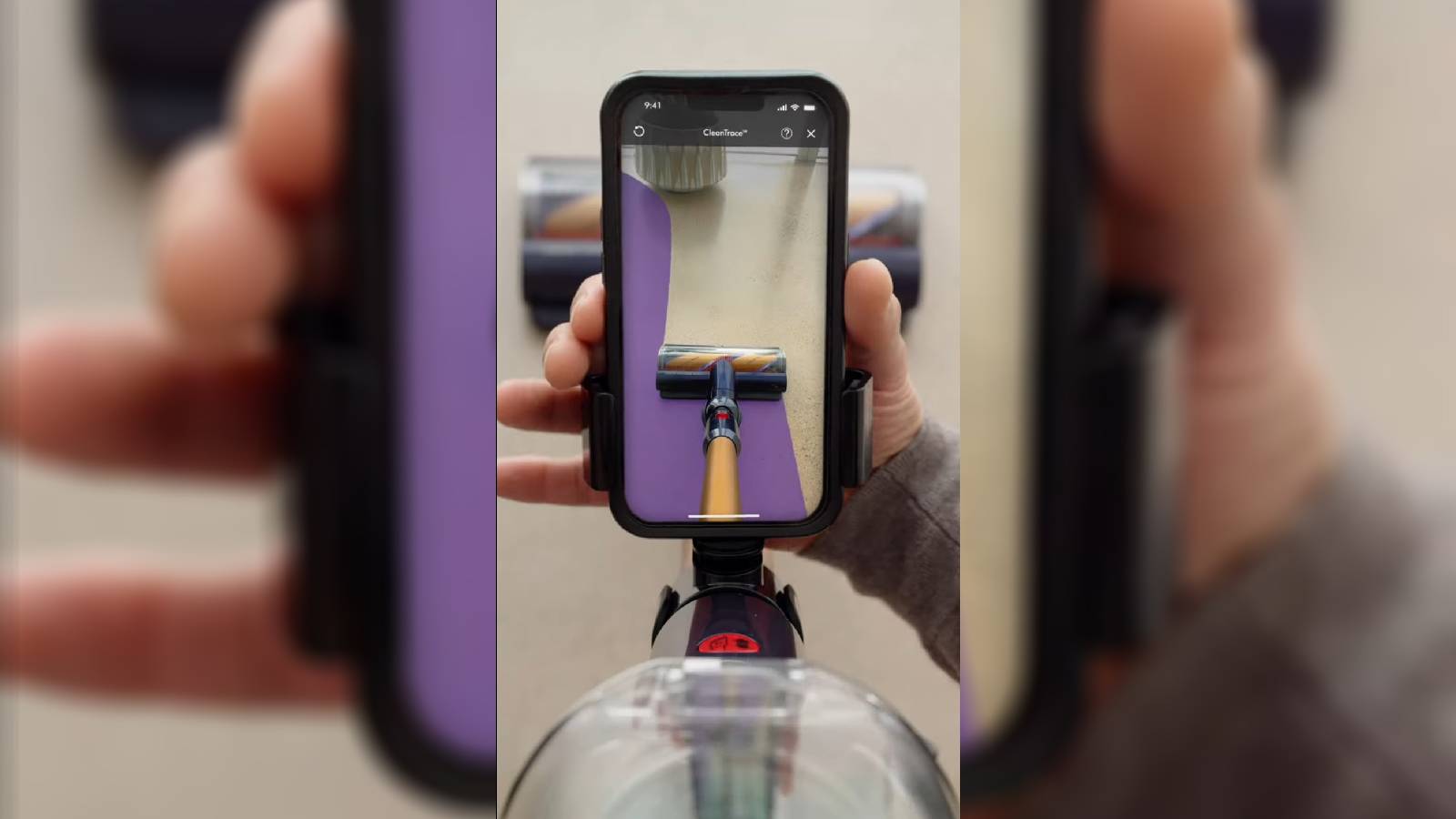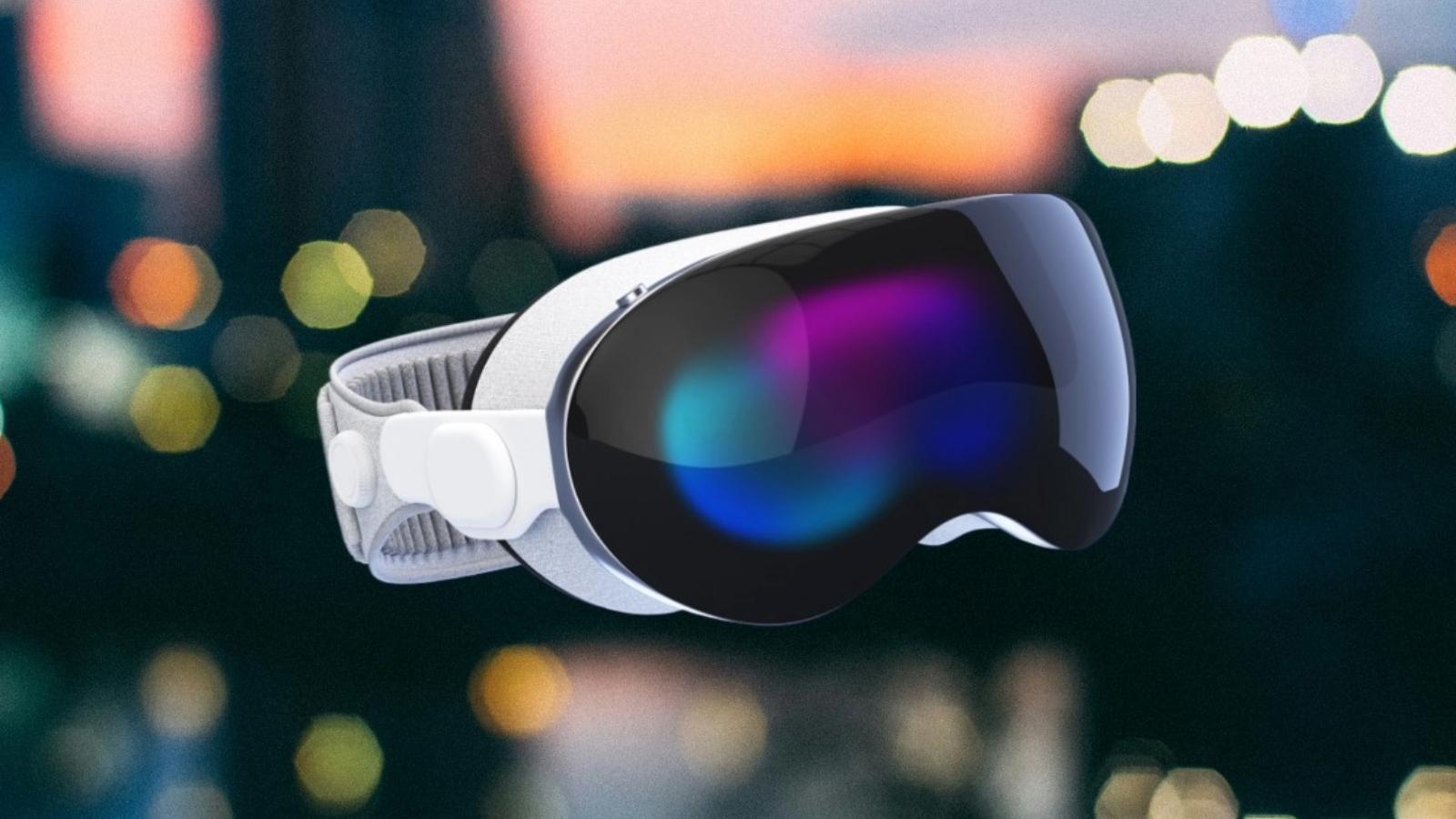Meta Oculus Quest 3: Where to buy, release date & specs
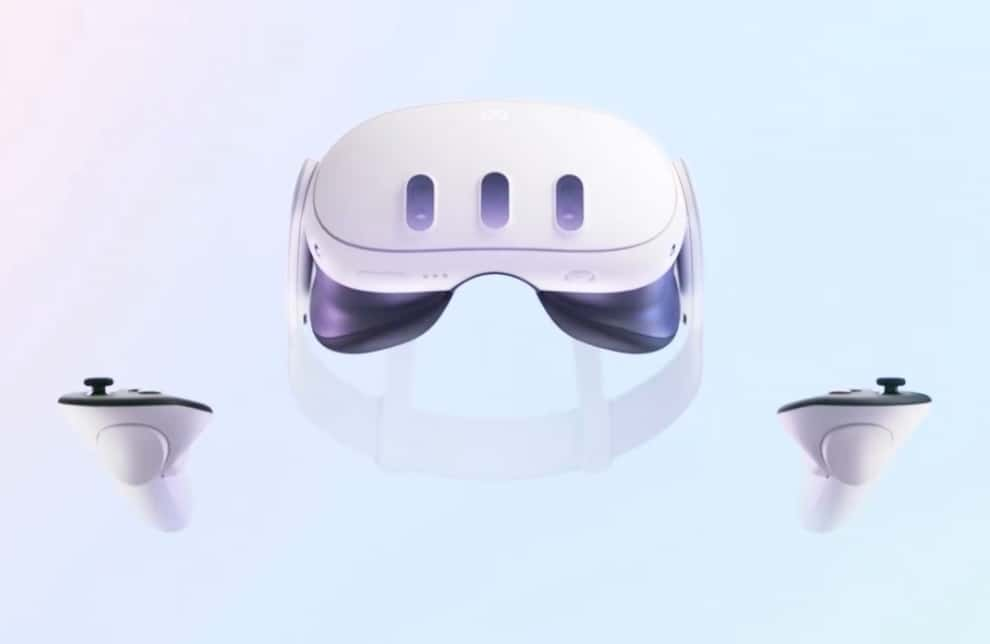
If you are looking to buy a shiny new Meta Quest 3 VR headset, here are all the details you need, including specs, price, and where to buy.
The Meta Quest 3 has already seen considerable success, reigniting interest in VR and mixed reality and producing a fascinating number of new use cases, including making laundry day more interesting or gamifying housework.
The launch of the Apple Vision Pro has also set up a rivalry between two titans of immersive technology, with Meta opting for the more affordable sector while Apple aims to hit the premium price point.
If you are interested in buying a Meta Quest 3 or just want to learn more about it, this guide will tell you everything you need to know.
Where to buy the Meta Quest 3
The Meta Quest 3 is now available in most electronics retailers, including Amazon, Newegg, and Best Buy.
This headset comes in two variants, and both come bundled with a game, Asgard’s Wrath 2. You can get the 128GB bundle for $499, while the 512GB version costs $649.
Meta Oculus Quest 3 release date
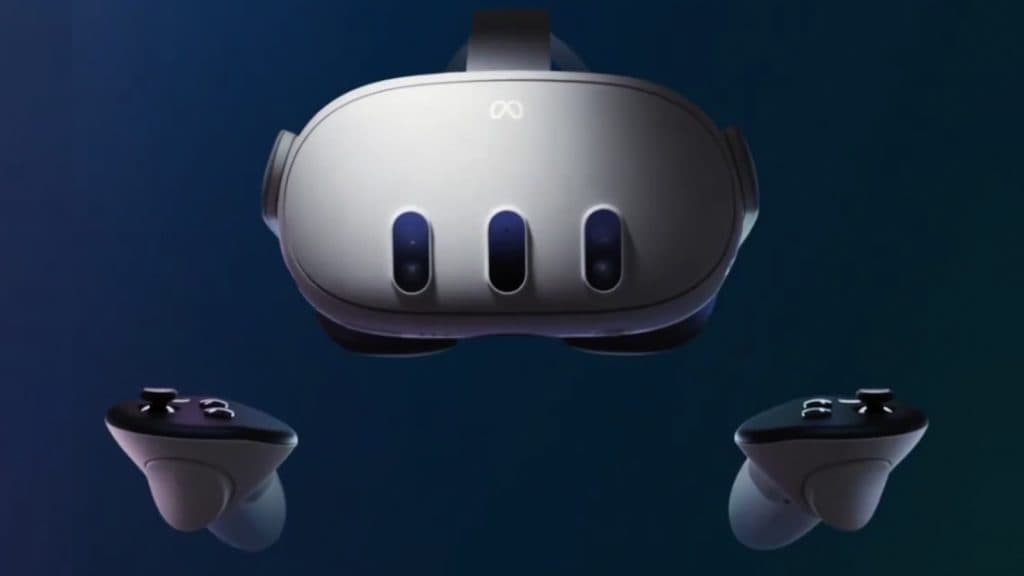 Meta
MetaMeta Quest 3 was released on October 10, 2023. The headset was announced earlier this year and was been made available to purchase starting October 10.
How much is the Quest 3?
The Meta Quest 3 has been priced at $499 for the 128GB bundle. The 512GB bundle costs $649.
While the Quest 3 comes with many upgrades over the Quest 2, it is still highly competitively priced and accessible for those wanting to get into VR.
Meta Oculus Quest 3 specifications
| Headset | Meta Quest 3 |
| SoC | Qualcomm Snapdragon XR2 Gen 2 |
| RAM | 8GB |
| Storage | 128GB/512GB |
| Resolution (Per-eye) | 2064 × 2208 |
| Display type | LCD |
| Refresh rate | 120Hz |
| Field of view | 110-degrees horizontal/92-degrees vertical |
| Lenses | Pancake |
| Features | Hand tracking, PC compatibility, voice commands, wireless, Mixed reality |
| Controllers | Touch Plus controllers |
| Weight | 513g |
| Price | $499/$649 |
The Meta Quest 3 is powered by the cutting-edge Qualcomm Snapdragon XR2 Gen 2. Meta claims that the Quest 3 delivers twice the graphics processing power of its predecessor, the Quest 2. Additionally, the Quest 3 also receives a memory upgrade, featuring 8GB of RAM compared to the Quest 2’s 6GB. It’s worth noting that the Quest 3 falls short of the Meta Quest Pro’s 12GB RAM offering.
The Quest 3 offers a slight improvement in display specifications. The headset has a 120Hz refresh rate, providing smoother visuals right out of the box. While the Quest 2 has an experimental 120Hz mode, integrating it into the Quest 3 is a welcome addition.
Meta has also upgraded the display of the Quest 3. Referred to as the 4K+ Infinite Display, the Quest 3 utilizes two LCDs with pancake optics to achieve a resolution of 2,064 x 2,208 pixels per eye. Meta claims this enhancement results in nearly 30% higher resolution than the Quest 2. The Quest 3 boasts a resolution of 25 pixels per degree (PPD) in virtual reality and 1,218 pixels per inch (PPI).
When utilizing the full-color video passthrough feature, the resolution does experience a slight decrease. In mixed reality, the resolution stands at 18 PPD, powered by two RGB cameras, as opposed to the 25 PPD resolution in virtual reality. Nevertheless, this is still an upgrade, as Meta states that the passthrough mode offers “over 10x more pixels compared to Quest 2 and 3x more pixels compared to Quest Pro.”
In terms of refresh rate, the Quest 3 offers a native 90Hz refresh rate with an experimental 120Hz option. While there is hope that future updates may enable a 144Hz refresh rate, the maximum available is 120Hz.
One area in which the Quest 3 does not receive an upgrade is battery life. It maintains the same battery life as the Quest 2, with Meta stating that it typically lasts around 2.2 hours but can reach 2.9 hours when used solely for media consumption. The headset can be fully charged from 0% in two hours using the included 18W charger, which is consistent with the charging capabilities of the Quest 2.
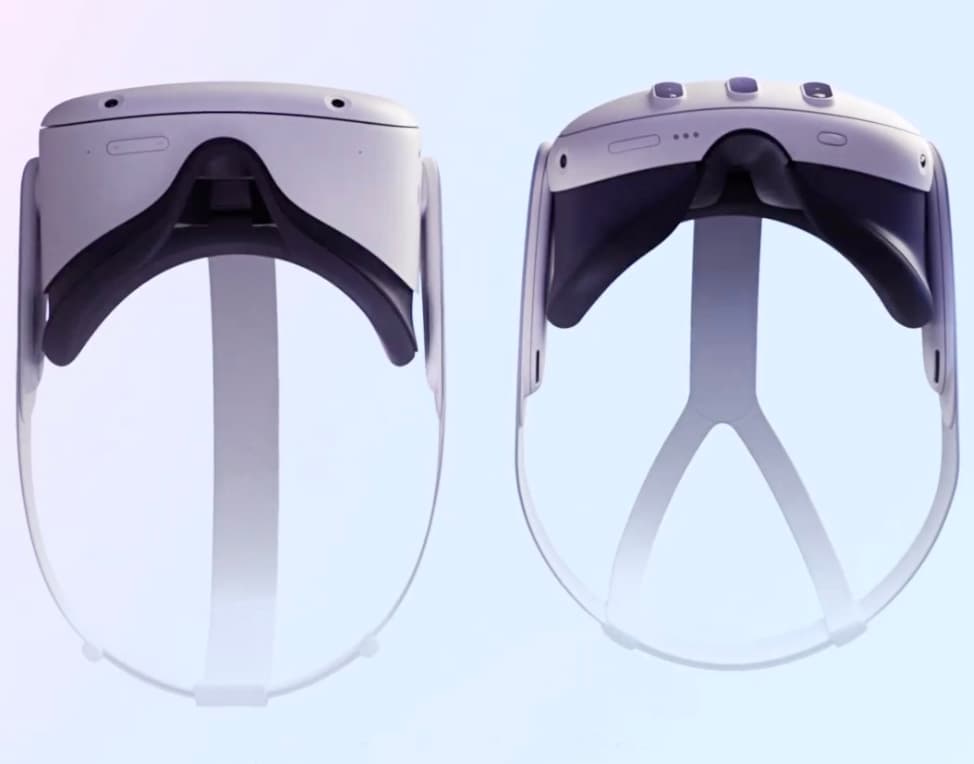
Meta shrinks its headset
The Quest 3 is 40% smaller than the Quest 2, regardless of the hardware being embedded within it.
Much like the PSVR2, the Quest 3 also features a dial to switch up your interpupillary distance, a boon. Additionally, the Quest 3 will also be using “Pancake” lenses. This allows for the headset to be slightly slimmer and helps distribute the weight of the headset much better than older, more outdated Fresnel lenses that we’ve seen on older devices. The PSVR2 uses Fresnel Lenses, though we prefer the Pancake options on the Quest Pro.
XR2 Gen 2 or XR3?
The Meta Quest 3 uses the Qualcomm Snapdragon XR2 Gen 2 system-on-chip (SOC). The chip will use an Adreno 730 GPU, with 2.4 teraflops of power. This is based on the Snapdragon 8 Gen 2, which is also featured in the Samsung Galaxy S23.
This is a significant increase on the Quest 2’s limitation of 1.2 teraflops, and even the Quest Pro’s 1.8 teraflops of power. Named “Project Haliday” the XR2 Gen 2 will also have a huge impact on the Quest 3’s visual fidelity.
The GPU power boost will also help with the AR functionality of the device, enhancing augmented and mixed-reality applications and products.
Meta Quest 2 or Meta Quest 3: Which one whould you buy?
The Meta Quest 3 has turned out to be a behemoth of a consumer VR headset. Though it falls just short of the most powerful VR headsets from Meta, it offers significant upgrades over the Quest 2. The Pancake lenses, in addition to the boost in visual fidelity, allow for some of the best wireless VR experiences around.
The Quest 2 is now several years old, and while it’s still a great headset in its own right, it’s getting a little bit long in the tooth.
Looking at the upgrades and the value for money the Quest 3 offers over the Quest 2, the Quest 3 should be an obvious choice unless you’re on a shoestring budget.
Make sure to read our other guides.
Pico 4 vs. Meta Quest 2: Does the TikTok VR headset stack up? | 5 Best VR Headsets to buy in 2023: Meta Quest 2, PSVR2 & more | Meta Quest Pro: Where to buy, price, and specs | How to factory reset the Oculus Quest 2 VR headset | Best Meta Quest 2 accessories in 2023: Cases, power banks & more | Best PSVR 2 accessories in 2023: Mats, charging stations & more | The best PSVR2 headphones in 2023: Wired, Wireless & more
If you click on a product link on this page we may earn a small affiliate commission.


